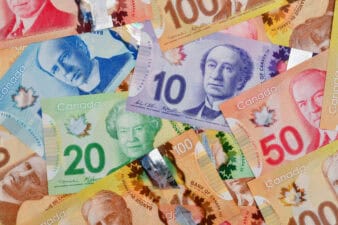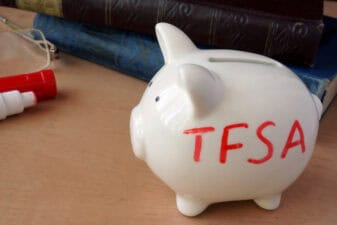Becoming an income investor may sound fairly straightforward. After all, picking shares which have the highest dividend yields is not a particularly challenging process. However, income investing is not that simple and to be successful at it requires significantly more effort. Not only does a company’s financial performance matter greatly to its dividend payouts, diversifying between different stocks while reinvesting dividends received could also be the difference between success and failure as an income investor.
Earnings growth
While a high dividend yield is attractive, in the long run it is the rate of dividend growth which is likely to make a greater impact on total income received. A stock which yields 6% clearly has a higher income return than one which yields 3%. But if the lower-yielding share growth dividends at a double-digit rate versus zero growth for the higher-yielding share, long-term investors may be best focusing on the stock with higher dividend growth.
In order to determine the rate at which dividends could grow, an assessment of a company’s earnings outlook is required. Market forecasts for the next couple of years are a good place to start, and a company which has a sound track record of profit growth is more likely to deliver rises in net profit in future. Similarly, companies with strong management teams and a logical strategy to develop new business channels may also record high earnings growth, which is likely to boost dividends in future years.
Diversification
Of course, dividends do not always rise. Companies inevitably experience difficulties due to misjudgements in strategy, a tough period for their industry, or an economic recession. Therefore, it is crucial to diversify among a wide range of companies and sectors in case dividends are cut. This could help to not only stabilise an investor’s income return in the short run, but lead to a more consistent overall portfolio performance in the long run.
For example, global banking stocks were once seen as reliable dividend plays. However, the credit crunch caused dividends across the sector to be slashed and even cancelled. Therefore, even if a sector appears to be safe from an income perspective, difficulties can present themselves and cause shareholder payouts to decline or even end.
Reinvesting
While some investors may view dividends received as part of their income, in order to become a successful income investor a reinvestment strategy is required. Studies have shown that it is the reinvestment of dividends and their subsequent compound returns which can make the biggest difference to overall returns in the long run. As such, investing some or all of the income received from dividends is a must.
Certainly, withdrawing around 4% of the total portfolio value per annum is a sensible strategy for retirees to implement. They are usually more concerned with paying their bills as opposed to generating high total returns. However, for investors who wish to build a large portfolio in future years, dividends must be put to work for the long term rather than used for spending in the short run.









